Knowing something is one thing. Being able to do it is another. We may know we should bring our faith and work together, but this is not enough. In Part II of this three-part series, Robert Covolo dives into our need for practices that connect faith and work.
Part 2: Resources for Reimagining
In Part 1, I introduced the bold claim that worship is essential to bridging the gap between faith and work. Drawing once again from Matthew Kaemingk’s and Cory Willson’s Work and Worship: Reconnecting Our Labor and Liturgy, I want to explore two fascinating resources for reimagining how to connect faith and work. These two resources are the worship of ancient Israel and the worship of the early church. As we will see, both of these communities implemented unique approaches to worship that instilled in people a strong connection between faith and work. Let’s take each in turn.
Worship in Ancient Israel
The Old Testament depicts a host of worship practices that strike modern people as odd: priests in peculiar garments eviscerating and burning animals, corporate feasts involving pilgrimages, and a number of purifying rituals designed to keep worshippers from contaminating mundane aspects of life. Because such throaty and terrestrial practices strike us as strange we can easily miss a central aim behind them; namely, Israel’s worship was designed to create a deeply integrated life where worship and work were interwoven.
“...the people of Israel found themselves in need of an entirely new approach to work.”
To understand this, think for a second of Israel’s story. In Egypt, the Israelites were forced to do hard labor for their oppressors. Liberated from both their Egyptian taskmasters and the polytheistic narratives that justified their slavery, the people of Israel found themselves in need of an entirely new approach to work. In contrast to the Israelites’ hard labor in Egypt, the people of Israel now employed their gifts, skills, and craftsmanship in works of gratitude to the God who had saved them. In exchange for the oppressive labor of their past, Israel was invited to an entirely new approach to work.
Therefore, unlike the other nations, Israel’s entire work life—how the people of Israel exchanged goods, worked the land, treated servants, prepared food, made clothing, treated animals, etc.—was to be conducted according to the peculiar patterns of Yahweh. In the Levitical code, the Israelites’ work was to be “made holy” by virtue of being built around the unique patterns that marked them off as God’s people. Additionally, the best fruit of their labor was to be regularly brought before God in gratitude to be examined, accepted, and enjoyed. Let this sink in. It was the fruit of the workers that provided the substance for the acts of Israel’s temple worship. The priest was the “helpmate” to the one offering the fruit of their work to God. As such, Israel’s work and worship were so deeply integrated that it was hard to understand one apart from the other.
The Early Church
The early church displayed this same strong connection between faith and work via worship. Akin to Israel’s own offering, in the first few centuries we see a remarkably rich practice of people bringing the fruits of their labor—clothing, tools, food, household items—to be distributed for those in need. Indeed, in contrast to our current monetary tithes, urban Christians would often bring not only a variety of handcrafted products but commercial and industrial offerings. Moreover, the sharing of meals together involved congregants using goods from their labor such as fish, honey, meat, olives, and bread to provide for the weekly house church meetings. Echoing Israel’s own concrete relationship between their labor and their worship, early Christian worship involved seeing one’s work as deeply linked to one’s contribution to worship.
“Echoing Israel’s own concrete relationship between their labor and their worship, early Christian worship involved seeing one’s work as deeply linked to one’s contribution to worship.”
Note that neither ancient Israel nor the early church relied on a systematic “theology of work” to bridge the gap between faith and work. Rather, these ancient workers gathered for worship in such a way so as to directly engaged their work, and worked in such a way so as to directly engaged their worship.
What about us? Does our worship directly engage our work? Does our work engage our worship?
Drawing from the examples of Israel and the early church, how might we reframe our worship practices in such a way as to engage our work? In turn, how might we reframe our work practices in such as to engage our worship? What concrete actions might we do?
To answer this will take some creativity. It involves church leaders and lay workers taking time to (re)create and (re)establish distinct practices that connect labor and liturgy in their current situations. Therefore, to aid this critical and creative task, our third and final installment will offer practical suggestions for reconnecting our labor and liturgy.
Robert Covolo is a Cultural Theologian and Author of Fashion Theology. He is a regular contributor and friend to us here at the Center for Faith + Work Los Angeles.


